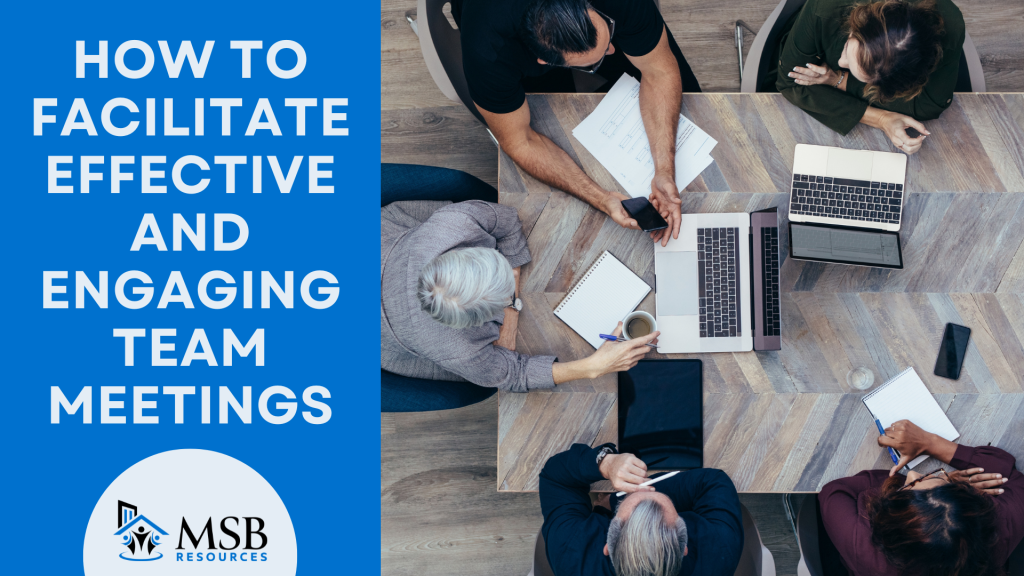Team meetings are fundamental to successful collaborative work environments, serving as essential platforms for problem-solving, team collaboration, employee engagement, and goal alignment. In today’s business landscape, the sheer volume of meetings is staggering—11 million occur daily across the United States, accumulating to over 1 billion meetings annually.
In this blog, we’ll explore practical strategies to facilitate effective and engaging team meetings. We’ll also share a powerful technique from Dr. David Weiman that ensures every team member’s voice is heard, transforming your meetings into truly productive sessions.
Effective Meeting Preparation
The foundation of any successful meeting lies in thorough preparation, yet surprisingly, only 37% of workplace meetings actively utilize an agenda. Creating a clear, focused agenda with time estimates is your first critical step, followed by defining concrete objectives and expected outcomes. To maximize efficiency, distribute any relevant materials at least 24 hours before the meeting, giving participants ample time to review and prepare thoughtful contributions.
With organizations spending roughly 15% of their time in meetings, it’s crucial to be strategic about who attends. Complete your preparation by setting up the meeting environment appropriately – whether that means testing virtual technology, arranging physical space for in-person gatherings, or assigning key roles such as note-taker and timekeeper.
Pro Tip: Before sending that meeting invite, run through the RACI quick-check: Who needs to be Responsible for decisions? Who needs to be Accountable for actions? Who should be Consulted for input? Who just needs to be Informed of outcomes? This simple framework can cut your attendee list in half – and double your meeting’s effectiveness.

Clear Meeting Structure and Objectives
A well-structured meeting begins with a brief but comprehensive overview that outlines the purpose, desired outcomes, and agenda. With 71% of professionals losing time each week due to canceled or unnecessary meetings, establishing clear ground rules and expectations upfront becomes crucial for maintaining focus and productivity. The most effective approach is to optimize your meeting flow by starting with quick updates before progressing to more complex issues, always using your objectives to guide the discussion.
Time management is paramount, considering only 30% of meetings are considered productive. Stick to your agenda rigorously and always reserve the final minutes for summarizing key points and confirming action items, ensuring everyone leaves with a clear understanding of the next steps.
Active Participation Strategies
In an era where 92% of workers admit to multitasking during virtual meetings, ensuring genuine engagement from all participants is more challenging – and more crucial – than ever. Dr. David Weiman of MSB Resources offers a remarkably effective approach to this challenge: instead of asking the open-ended question “What do people think?” try saying, “I want to hear what each one of you thinks.” This subtle but powerful shift, combined with systematically going around the room and informing participants beforehand that everyone will contribute, transforms passive attendees into active participants.
Embrace the awkward silence–don’t rush to fill the silence during discussions. Use it to let people think. It might feel weird, but it gives room for those deep, thought-provoking ideas that often get drowned out by the loudest voices. Another powerful strategy is to rotate meeting facilitation among team members. Give everyone a chance to lead with their unique style. One week, it might be serious, and the next could involve starting with a meme or question like, “What’s the worst advice you’ve ever followed?” It breaks the monotony and allows everyone to bring their humanity to the table.
Pro Tip: If 92% of workers multitask during virtual meetings, chances are someone’s drafting their grocery list while you’re talking. To keep everyone locked in, try throwing in a random curveball mid-meeting like, “The first person to tell me what’s on my bookshelf behind me wins a coffee!” Keeps them on their toes—and off their phones.
Time Management Techniques
With an estimated $37 billion lost annually due to unproductive meetings, effective time management is critical. Start and end meetings precisely on schedule, using visible timers to maintain momentum through each agenda item. When complex decisions arise, lean on efficient decision-making methods like quick votes or consensus-building. As meetings continue to expand in scope and length year over year, master the art of identifying which discussions deserve their own focused follow-up sessions.
Pro Tip: Keep a digital “parking lot” during your meeting. Think of it as a virtual valet for valuable but off-topic ideas. When someone brings up a great point that’s not on the agenda, acknowledge its importance and “park it” in a shared document for later discussion. This keeps your meeting on track while ensuring no good idea gets lost in the shuffle.
Post-Meeting Follow-Up and Improvement
The impact of an effective meeting extends well beyond its final minutes. Promptly distribute detailed meeting minutes that capture key decisions and action items, ensuring each task has a clear owner and deadline. This immediate follow-up maintains momentum and accountability while the discussions are still fresh in everyone’s mind.
Take a page from the airport bathroom feedback system to measure meeting effectiveness. Ask everyone to rate the meeting’s vibe with 1 of 3 emojis: a happy face 🙂 (feeling energized), a meh face 😐 (neutral), or a sad face 😩 (this meeting drained me). It’s fast, visual, and gives you instant, honest feedback on how the meeting landed—without a long debrief or awkward survey. Plus, you can spot trends and adjust future meetings to keep the team feeling more “happy face” than “sad face.”
Pro Tip: Create meeting minute templates that include an “Action Items Grid” with three columns: Task, Owner, and Due Date. Share it on screen during your wrap-up to fill in together – it takes just seconds but ensures everyone leaves with crystal-clear responsibilities and deadlines.
Final Thoughts: Cultivating a Culture of Effective Meetings
When meetings are conducted thoughtfully, they become powerful catalysts for increased productivity, higher engagement, better decision-making, and stronger team cohesion. Success lies not in a one-time implementation but in consistently applying and refining these meeting practices. By making every gathering purposeful and engaging, you create a culture where meetings energize rather than drain your team.
Ready to elevate your team meetings? Transform your meetings from time-wasters to productivity boosters. Our experts at MSB Resources can help. Contact us for a free consultation on optimizing your meeting strategies. Unlock your team’s potential today!


